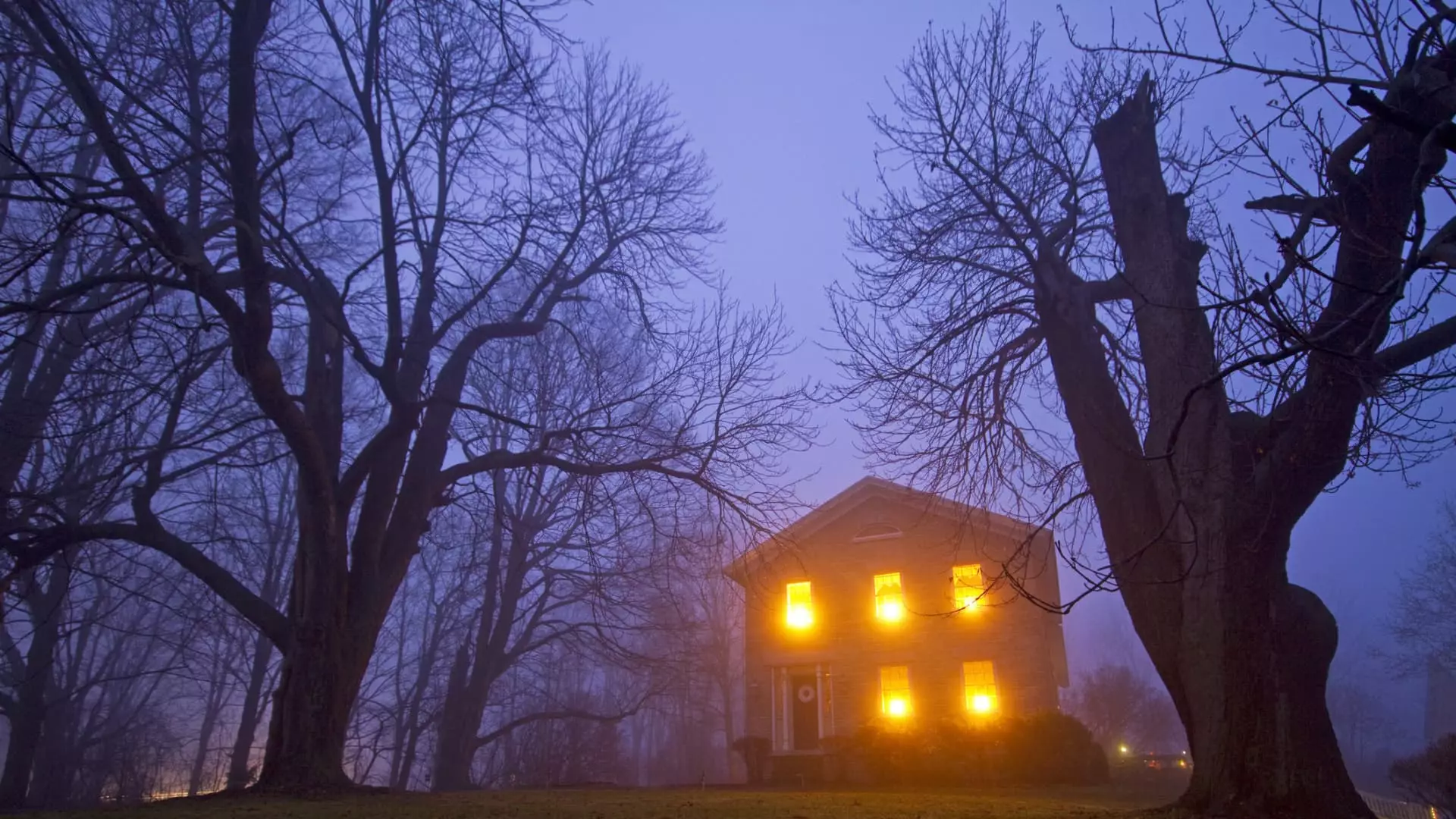Real estate transactions involve numerous complexities, and one of the more peculiar aspects pertains to properties that carry a socially or psychologically stigmatized history. Whether a home is perceived as “haunted,” or is linked to unfortunate events like murder or suicide, the reactions of potential buyers can vary significantly. The onus lies on real estate agents to navigate this minefield of disclosure, which brings to light a host of ethical and legal considerations.
The legal requirements surrounding the disclosure of stigmatized properties differ widely across states in the U.S. In many locations, real estate agents are not mandated to inform buyers about a death that took place in a home unless it falls under explicit stipulations, such as being classified as a material defect. In states like California, sellers are required to disclose if a death occurred in the property within the last three years, while Alaska necessitates disclosure of known murders or suicides that have happened in the past year. Other regions, like New York, offer even less transparency, as sellers are merely urged to disclose claims of paranormal activity rather than actual deaths.
This variability among state laws raises significant questions regarding the transparency of real estate transactions. Buyers often find themselves with the hefty responsibility of inquiring directly about a property’s past if such details aren’t disclosed upfront. Ethical practices dictate that agents must answer truthfully to any related queries; however, the depth of their obligation may depend on local regulations and the specifics of the transaction, leaving room for ambiguity.
The psychological impact of a property’s history can greatly influence potential buyers’ perceptions. Findings from recent surveys reveal that perceptions can swing dramatically from one buyer to another. While a substantial portion of individuals might shy away from homes with a notorious past—thereby perpetuating the stigma—others might find the potential for reduced prices irresistible. In fact, about 72% of buyers indicated a willingness to consider purchasing a home labeled as haunted if the price was decreased.
This dichotomy raises a fascinating question about the nature of value. For many, owning a home that has experienced tragic events or unsettling phenomena could be a deal-breaker. On the other hand, for a sizable segment of the population, these same properties present a unique opportunity for a bargain. For instance, a reported 43% of Americans would consider making an offer at least $50,000 lower than the market value on homes with a dark past.
One of the most notable recent transactions involved the LaBianca mansion, the infamous site of a brutal murder carried out by Charles Manson’s followers in 1969. Initially listed at $2.2 million, the home ultimately sold for $1.875 million, underscoring the impact of its history on property value. The sale exemplifies how market perceptions regarding stigmatized properties can evolve, being influenced by factors such as current market conditions, renovations, and the appeal of the surrounding neighborhood.
Moreover, sharing space with a property that holds a notorious history could sometimes pique buyer interest due to its narrative weight or unique ambiance. The possibilities of reclamation or transformation resonate with those who see beyond the stigma to envision a vibrant future.
For potential homebuyers who are wary of a property’s dark history, thorough investigation is essential in making an informed decision. Interactions with neighbors can provide first-hand experiences and insights into the life of the community, while local government archives, such as those maintained by the county manager, may reveal essential crime history and past incidents.
However, the internet is an ambivalent tool; while it offers vast amounts of information, it can also lead to misinformation. Engaging in diligent research through credible sources, such as newspaper archives and police reports, could provide clarity about past events that transpired in a property.
It’s crucial for buyers to understand that every home has a narrative—some stories are merely more extraordinary than others. The statue of a home might remain unchanged regardless of its past; rather, it is the memories, experiences, and new chapters that homebuyers can write that define the essence of the space.
In the realm of real estate, the complexities surrounding stigmatized properties present a unique intersection of ethics, psychology, and market dynamics. As buyers navigate the often murky waters of disclosure—or the lack thereof—they must arm themselves with knowledge and resources. Whether a property holds charm or dread, understanding its history helps make well-informed decisions, empowering homebuyers to embrace their future within the walls of their newfound residence.


Leave a Reply